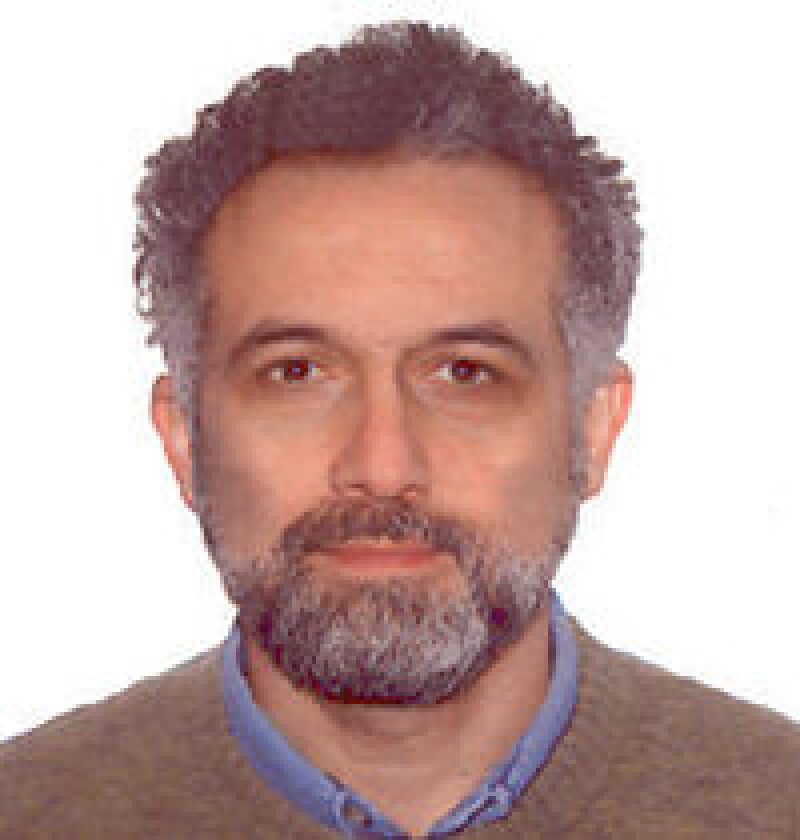Over a 6-month time frame in 2016, I was able to attend three SPE conferences on heavy oil in different countries spanning three continents (Canada, Peru, and Kuwait). Despite regional differences in the applications, potentials, problems, and technological needs, the common theme in all conferences was “low cost.” Cost optimization in heavy-oil production was discussed from technical and economic perspectives, not only in the technical sessions but also in numerous panel discussions.
Such optimization can be achieved through numerical modeling to suggest general optimal strategies and development plans or by using proper real-time data acquisition (production optimization) for prompt decisions while operations are ongoing. This requires continuous monitoring of the processes as seen in many steam-assisted-gravity-drainage operations or other types of steam-injection applications. I selected two papers about advanced monitoring techniques as suggested reading in this issue.
Moreover, chemical and nanomaterial additives to water and steam have received a great deal of attention. Low-interfacial-tension (microemulsion) and low-salinity injection in heavy oils in sands and carbonates and wettability alteration in carbonates were common topics at conferences held over the past year. I selected one review paper for additional reading and one experimental work as a summary paper on this subject. Apparently, modeling efforts on advanced (but unconventional) technologies such as electromagnetic heating have continued. You will find a detailed mathematical analysis of the process in one of the papers summarized.
Despite the recent economic downturn, we were able to hear the outcome of current field practices at pilot or demonstration scale. Papers detailing small-scale cyclic-steam-injection applications in Kuwait and Oman were worth reading, and one article on this specific subject is included here. Considering these activities in the Middle East, effective transfer of technologies from North America to that part of the world will become highly critical in the near future.
This Month's Technical Papers
Key Learnings From First 2 Years of a Full-Field CSS Development in Oman
Nanoparticle Catalysts Upgrade Heavy Oil for Continuous-Steam-Injection Recovery
Radio-Frequency Heating Combined With Solvent Injection for Heavy-Oil Recovery
Recommended additional reading
SPE 181160 State-of-the-Art Review of the Steam Foam Process by Eric Delamaide, IFP Technologies Canada, et al.
SPE 180732 An Integrated Probabilistic Work Flow for Primary and Thermal Performance Prediction of a Large Extraheavy-Oil Field by Raushan Kumar, Chevron, et al.
SPE 181431 Horizontal Steam-Injection Flow Profiling Using Fiber Optics by Mahdy Shirdel, Chevron Energy Technology Company, et al.
SPE 180726 SAGD Production Observations Using Fiber-Optic Distributed Acoustic and Temperature Sensing: SAGD DAS—Listening to Wells To Improve Understanding of Inflow by Warren MacPhail, Devon, et al.


